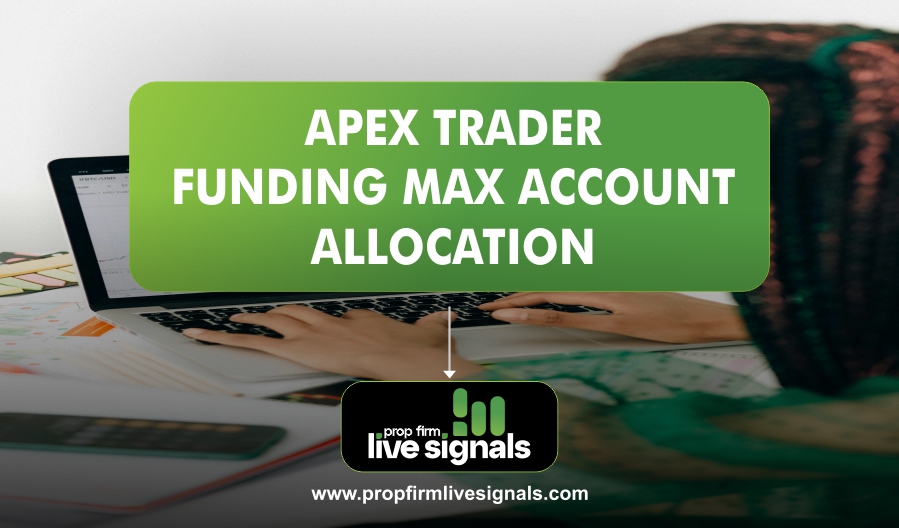What is a Prop Firm?
A proprietary trading firm (prop firm) is a company that provides traders with capital to trade in exchange for a share of the profits. Unlike retail traders who use their own funds, prop traders use the firm’s money, allowing them to trade larger positions and potentially earn higher profits.
ForTraders Prop Firm is a well-known prop firm that funds traders who demonstrate the ability to manage risk and generate consistent profits. Before traders can receive a funded account, they must pass an evaluation process that tests their trading skills under real-market conditions.
Key Trading Rules in ForTraders Prop Firm
ForTraders Prop Firm has several trading rules that traders must follow to maintain their funded accounts. Breaking these rules can result in disqualification or loss of funding. Below are the most important rules:
1. Profit Targets
To qualify for funding, traders must achieve a specific profit target during the evaluation phase. This means generating a certain percentage of profit within a set number of trading days. The profit target ensures that traders are not just lucky but can consistently make profitable trades.
For example, if the profit target is 8% on a $50,000 account, traders must generate $4,000 in profits before moving to the next stage.
Profit targets are put in place to evaluate a trader’s ability to produce consistent returns. Traders who hit their targets demonstrate that they can operate efficiently within the market. However, it is crucial to achieve the target while adhering to other risk management rules.
2. Daily Drawdown Limit
ForTraders enforces a daily drawdown limit, which means traders cannot lose more than a fixed percentage of their account balance in a single day. Exceeding this limit can lead to immediate disqualification.
For instance, if the daily drawdown limit is 4%, then on a $50,000 account, a trader cannot lose more than $2,000 in a single day.
This rule is critical because it prevents traders from taking excessive risks that could lead to significant losses. It forces traders to implement solid risk management strategies such as stop losses, position sizing, and portfolio diversification.
3. Maximum Drawdown Limit
Aside from the daily drawdown, there is also a maximum drawdown rule, which restricts total losses over time. If the account balance falls below this level, the trader will lose their funding.
For example, if the maximum drawdown is set at 10%, a trader cannot go below $45,000 on a $50,000 account. This rule encourages proper risk management.
This is important for traders to understand because exceeding the maximum drawdown means the trader has shown a pattern of unsustainable trading behavior. By managing risk properly, traders can ensure they stay within the safe trading range.
4. Lot Size Restrictions
ForTraders imposes lot size restrictions to prevent traders from overleveraging their positions. The maximum lot size depends on the account size and risk tolerance set by the firm.
For example, a $50,000 account might have a lot size cap of 5 standard lots per trade. This prevents excessive risk-taking that could lead to quick losses.
Lot size restrictions ensure that traders do not put too much capital at risk on a single trade. Instead, traders should focus on executing well-calculated trades that align with their overall risk management strategies.
5. Trading Time Restrictions
Some prop firms, including ForTraders, may have trading time restrictions, such as avoiding news releases or high-volatility periods. Traders should check the specific trading hours permitted by the firm.
For example, if ForTraders does not allow trading during major economic news events like FOMC or NFP reports, traders must close positions before these events.
Market volatility can create unpredictable price movements that may not align with a trader’s strategy. Avoiding certain trading hours helps traders manage their risk and prevent unnecessary losses.
6. No Martingale or Grid Strategies
ForTraders does not allow risky strategies such as Martingale or Grid trading, which involve doubling down on losing trades. These strategies can lead to significant losses and are not permitted under ForTraders’ risk management policies.
Martingale and Grid strategies can be highly dangerous because they rely on increasing position sizes after a loss, which can quickly lead to account blowouts. Instead, traders should focus on strategies that emphasize risk control and consistent performance.
7. Trading Instruments Allowed
Traders must use approved trading instruments such as Forex, indices, commodities, and cryptocurrencies. Some instruments may have additional restrictions depending on market conditions.
For instance, while trading EUR/USD or Gold might be allowed, exotic pairs or low-liquidity assets may have additional restrictions.
8. Consistency Rule
The consistency rule ensures that traders do not rely on a single large trade to pass the evaluation. Instead, profits should be earned steadily over time, demonstrating long-term trading skills.
9. No Copy Trading or External Assistance
ForTraders prohibits copy trading, automated bots, or external assistance. All trades must be executed manually by the trader without help from AI or signal providers.
This ensures that traders genuinely possess the skills required to manage risk and generate profits independently.
10. Minimum Trading Days
To prevent luck-based success, traders must trade for a minimum number of days before qualifying for a funded account. This proves their ability to trade consistently over time.
For example, if the requirement is 10 minimum trading days, the trader must place trades on at least 10 separate days before passing the challenge.
Conclusion
ForTraders Prop Firm provides an excellent opportunity for traders to access capital and grow their trading careers. However, understanding and following their trading rules is crucial to maintaining a funded account.
By managing risks, staying consistent, and respecting the firm’s guidelines, traders can successfully navigate the ForTraders system and maximize their profit potential.
Frequently Asked Questions (FAQs)
How Can I Pass the ForTraders Evaluation?
To pass the ForTraders evaluation, you must:
- Meet the profit target without violating drawdown limits.
- Follow all trading rules regarding lot size, consistency, and risk management.
- Trade for the minimum required days.
What Happens If I Break a Trading Rule?
If you violate a trading rule, your account may be suspended, and you could lose your funding. Some minor violations may receive warnings, but major breaches lead to disqualification.
Can I Withdraw My Profits?
Yes, ForTraders allows traders to withdraw their profits based on the firm’s profit-sharing model. Typically, traders keep a percentage of the earnings while the firm retains a portion.
What Markets Can I Trade?
ForTraders offers a variety of markets, including Forex, indices, commodities, and cryptocurrencies. However, traders should check for specific restrictions on available instruments.
How Long Does the Evaluation Take?
The evaluation phase varies depending on performance. Some traders pass within a few weeks, while others take longer. The key is to trade consistently and carefully.




